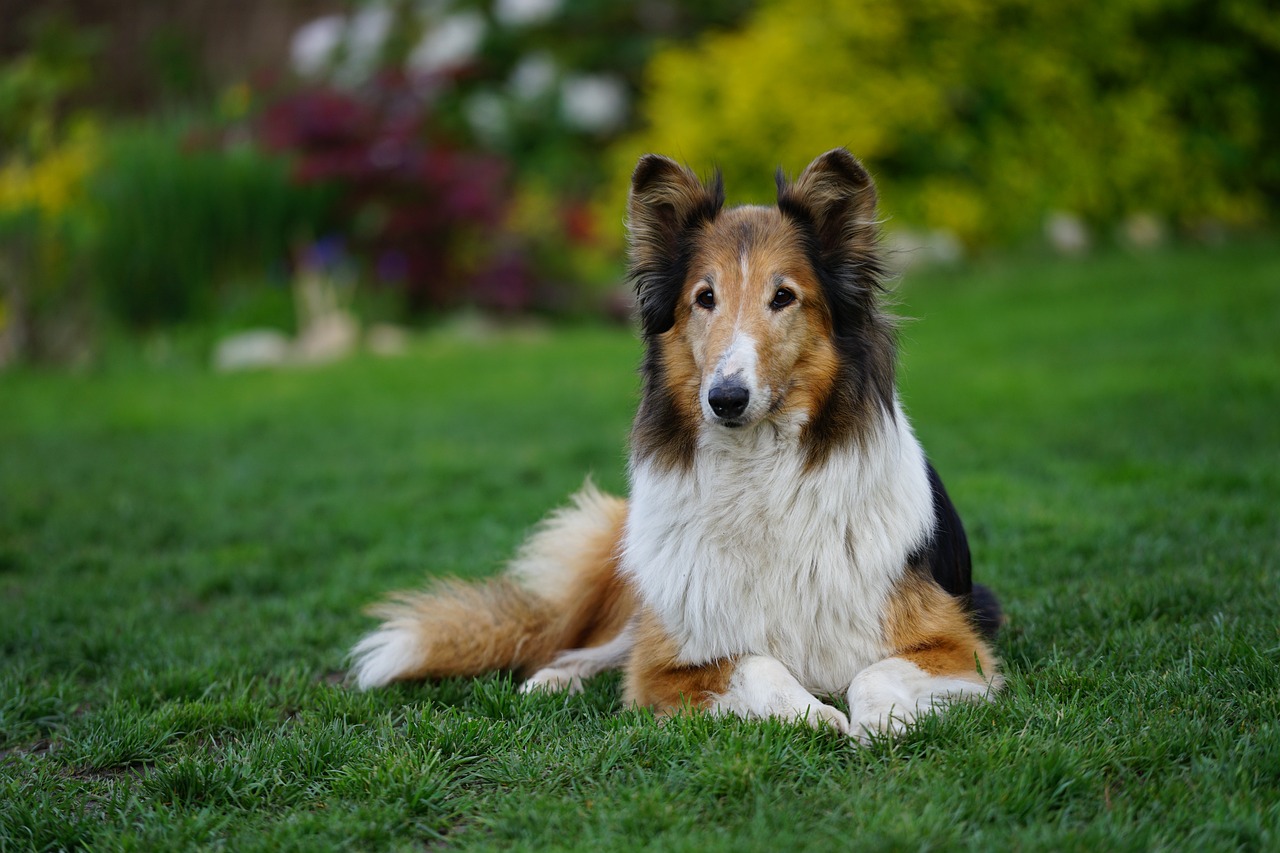The strange behavior of dogs rolling around before lying down is a fascinating sight that has fascinated dog owners and animal behaviorists alike. This ritualistic practice, which is common across various breeds, serves as a window into the ancestral past and innate habits of our canine companions. Despite its playful nature, this behavior is deeply rooted in survival instincts and natural habits that have been passed down through generations of dogs. Unraveling the mystery of why dogs roam before resting requires a deeper investigation of the evolutionary, environmental, and psychological factors that drive this behavior. Understanding the reasons behind this ritual not only increases our knowledge of dog behavior but also strengthens the bond between dogs and their human counterparts by providing insight into the instincts and needs of our beloved pets.
ancestral instincts
The behavior of rolling around before lying down is a remnant of the dog’s wild ancestors. In the wild, dogs often have to trample grass, leaves or snow to create a comfortable resting place. This spinning action served several practical purposes: it helped level the area, making it more comfortable for resting, and it also disturbed any snakes or large insects that might be hiding in the foliage. This instinctive behavior ensured their safety and comfort in the forest. Although domestic dogs enjoy the comforts of modern homes, this ancient practice still persists. This is a fascinating example of an instinctive behavior that has survived the transition from wild to domestic life, reflecting deep evolutionary roots that are still influencing the activities of dogs today.
mark the area
Another reason dogs roll around before lying down is related to scent marking. Dogs have scent glands located in their paws and they can release their scent in an area by scratching or rolling the ground. This behavior is a way of marking their territory, signaling to other animals that the space is occupied. In a domestic setting, this may seem unnecessary, but it is a deeply ingrained behavior linked to their social and territorial instincts. By marking their sleeping area, dogs develop a sense of security and ownership over that space, reinforcing their presence within the area. This territorial marking is a subtle but important way that dogs communicate with each other and establish their place in the social hierarchy.
ensuring comfort and safety
The behavior of rolling around before lying down is also a means for dogs to ensure their comfort and safety. By circling their chosen spot, dogs can better assess their environment, and make sure there is no danger nearby before they settle down. This ritual allows them to position themselves in such a way that they can immediately get up and respond to any potential threat. Additionally, the act of walking helps dogs determine the most comfortable position while taking into account temperature and surface. For example, on a hot day, a dog may move around to find a cooler part of the floor, while in cooler conditions, he may seek a spot that offers more warmth or shelter. This behavior demonstrates the dog’s ability to adapt to its environment, ensuring that their stay is as comfortable and safe as possible.
Health and behavioral factors
In some cases, excessive rolling before lying down may be a sign of health or behavioral problems. Conditions such as arthritis or hip dysplasia may cause dogs to move around more than usual in an attempt to find a comfortable position that minimizes pain. Similarly, obsessive-compulsive behavior may manifest in repeated wandering, indicating underlying stress or anxiety. Dog owners should observe their pet’s behavior and consult a veterinarian if roaming seems excessive or is accompanied by signs of discomfort. Understanding the difference between normal spinning behavior and signs of a health problem is important to ensure the well-being of our canine friends.
Communication with humans and other dogs
Finally, waltzing before lying down may serve as a form of communication with humans and other dogs. In a multi-dog household, this behavior may signal to other pets that one dog is claiming space for rest. For humans, observing this behavior can provide information about the dog’s preferences, comfort level, and even health status. By paying attention to when and where a dog wants to roam and settle down, owners can better understand their pet’s needs and preferences, which can enhance the human-animal bond. This behavior underlines the complex ways in which dogs communicate with their environment and the creatures within it, highlighting the depth of their social interaction and emotional intelligence.
The act of rolling before lying down is a multifaceted behavior that involves dogs’ evolutionary past, instinctive needs, and complex communication. By understanding the reasons behind this interesting behavior, dog owners can gain deeper insight into the world of their canine companions, fostering a richer, more empathetic relationship with their beloved pets.

